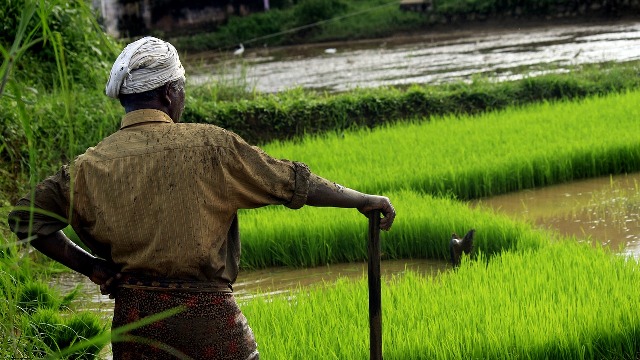How to double farmer incomes
Related Articles
Boy Working to Help Paralysed Father Killed in Baraat Shooting by CISF Constable
A wedding celebration in East Delhi turned tragic when a 14-year-old boy was fatally shot on Saturday night in Shahdara. The accused, a CISF...
UP Women Are Quietly Turning Rich: 18 Lakh Already Earn Above ₹1 Lakh! Here’s How
A quiet but powerful economic transformation is unfolding across Uttar Pradesh, where lakhs of rural women are steadily breaking income barriers and emerging as...
Aditi Rao Hydari Reveals What She Eats in a Day, and Why She Never Denies Pani Puri
Aditi Rao Hydari, celebrated for her roles in Heeramandi, Jubilee, Padmaavat and Wazir, recently opened up about her daily meals, fitness habits and her...


